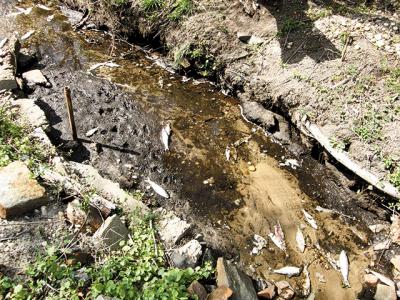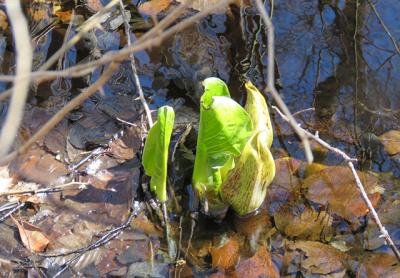Fined Fishermen Are to Be Refunded
Fined Fishermen Are to Be Refunded
The federal Department of Commerce announced on Tuesday that just under $650,000 in fisheries-related fines would be returned to individual fishermen and businesses following an independent review of cases that concluded “rogue” enforcement agents had exceeded their authority.
“I’d like to get my money back, but I doubt it. I’ve been critical before and after,” said David Aripotch, a Montauk dragger captain who was fined $61,000 and ordered to tie his boat up for four months for inaccurately reporting his catch on a number of occasions. The punishment, which he said did not fit the alleged violations, was accompanied, he said, by efforts to coerce him into “fabricating” stories about fish buyers in New York City.
Two years ago, following numerous complaints by commercial fishermen and buyers in the Northeast, Dr. Jane Lubchenco, the administrator of the National Oceanic and Atmospheric Administration, directed the Commerce Department’s inspector general, Todd Zinser, to investigate allegations that enforcement agents and judges were being overzealous in their prosecution of alleged fisheries violations and had used excessive fines to buy boats and vehicles and to finance junkets abroad.
The Department of Commerce is the parent agency of NOAA and the National Marine Fisheries Service. New York Senator Charles E. Schumer pressed the agency to correct the situation.
During the investigation it was discovered that a top-ranking enforcement agent had ordered documents shredded.
Based on the internal investigation’s findings, Commerce Secretary Gary Locke last year appointed a special investigator to review cases that were flagged. As a result, 11 individuals and businesses would be reimbursed for the excessive fines they were often coerced into paying, Mr. Locke announced on Tuesday.
So far, the biggest payback will be to Lawrence Yucubian, a scalloper from New England who will get back $400,000. The Agger Fish Company of Brooklyn will have $160,000 returned, and the Gloucester Seafood Display Auction will receive $85,000 in returned fines. At least 80 more cases will be reviewed.
“I feel vindicated, but they’re not going to prosecute these guys,” Captain Aripotch said. “I’d like to know who gave the soldiers their marching orders.”



